
You may have heard the famous Simon and Garfunkel song “Scarborough Fair” in which the duo sings of “Parsley, sage, rosemary, and thyme.” But when faced with a shelf full of these herb seasonings, do you know what they are and how to use them?
On the Lake Homes Realty blog, we write a lot about recipes, from cocktails to burgers. And with good reason. When spending a day with the family at the lake, a good recipe can bring everyone together. But today, we’re going one step beyond the prescriptive steps of a cookbook. We’re taking a deep dive into the flavors that make recipes so tasty. That’s right, we’re talking about seasonings. From garlic to oregano, here’s your ultimate guide to some of the most popular seasonings.
Cinnamon
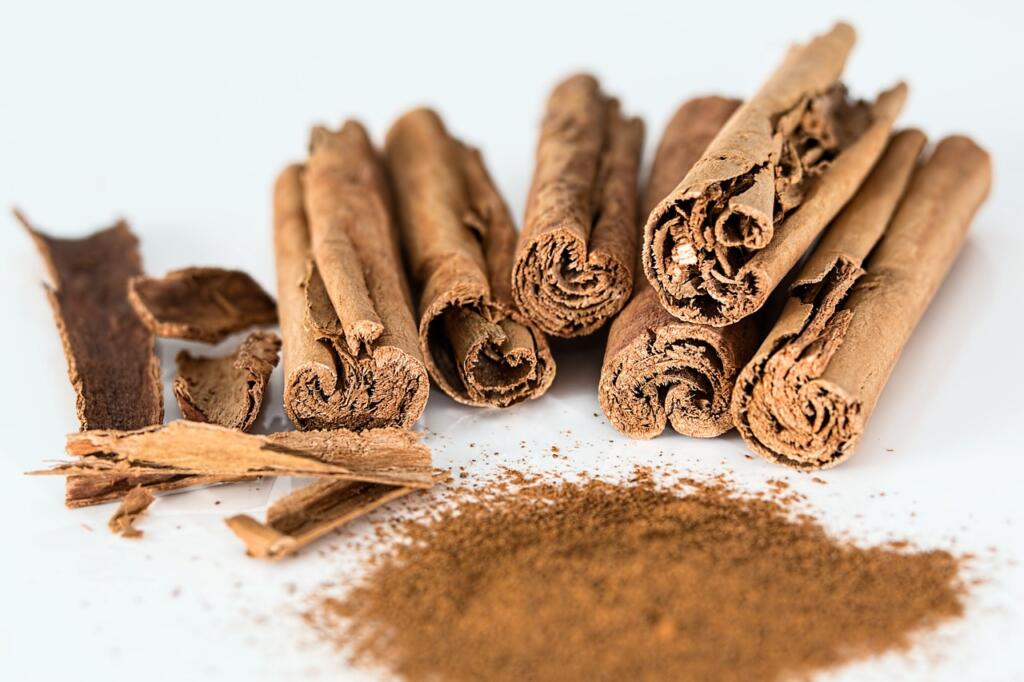
If you’ve ever tried to complete the viral internet food challenge, the Cinnamon Challenge, you know that a little bit of cinnamon can go a long way. Originating from the tropical Cinnamomum Tree’s inner bark, this spice has been known since ancient times for its health benefits. Its high levels of the compound cinnamaldehyde can boost metabolism, while its antioxidant properties help fight inflammation. Not to mention, it’s delicious. Whether you add it to oatmeal, grapefruit, or infuse a cinnamon stick into a glass of hot cider, there are plenty of plusses of adding cinnamon to your diet.
Garlic
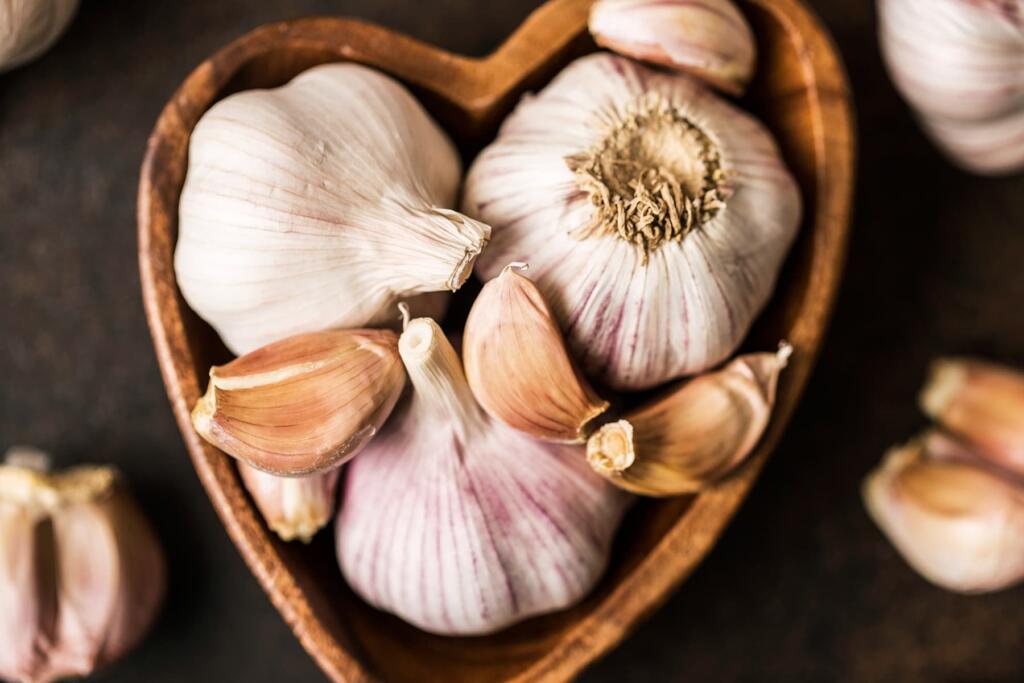
This endlessly popular seasoning isn’t just used for keeping vampires away. Like Cinnamon, garlic has been part of human diets since ancient times, renowned for its medicinal properties. In fact, historical records indicate that garlic was used in Ancient Egypt to boost strength. Today, garlic continues to prove helpful in treating conditions related to the heart and blood pressure. It’s also a flavorful seasoning for just about any salad dressing and sauce, in addition to its use for sauteing vegetables, soups, and meats. And let’s not forget everyone’s favorite side dish to accompany pasta — garlic bread.
Tumeric
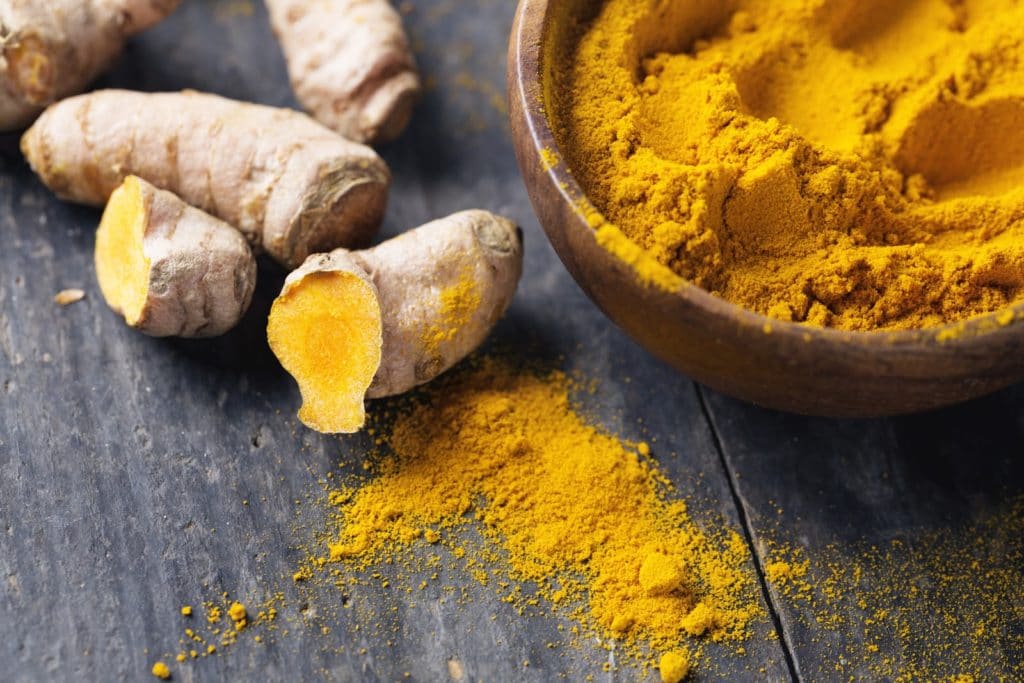
This vivid, golden-colored spice originates from the turmeric plant, a cousin of ginger, that grows in tropical climates across Asia. Given the plant’s origin, turmeric is primarily used as a seasoning in Middle Eastern, Indian, and Southeast Asian cooking. Who could turn down a delicious chicken curry recipe, seasoned with turmeric? Its bright color is almost fluorescent, and its flavor could be described as earthy and musky. Due to the potent flavor, a little bit of turmeric goes a long way. (Anyone else experienced turmeric stained-tupperware?) Turmeric also has demonstrated health benefits, such as alleviating high cholesterol and arthritis symptoms.
Cumin
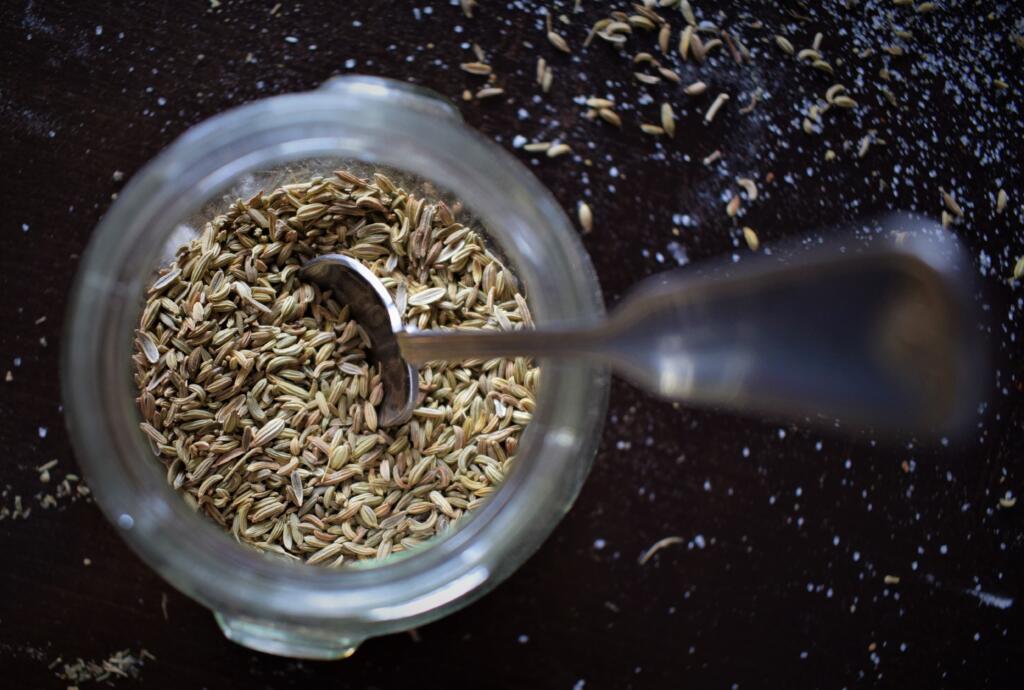
This kitchen staple comes from the dried seed of Cuminum cyminum, a plant that’s part of the parsley family. Most traditionally, cumin is used in Mexican/Tex-Mex, and Indian cuisines. However, its warm, nutty flavor can bring out the best in a variety of dishes such as grilled chicken. Depending on the recipe, you might use whole cumin seeds rather than ground cumin powder. This way, the aroma of this seasoning can fully seep into the dish.
Oregano
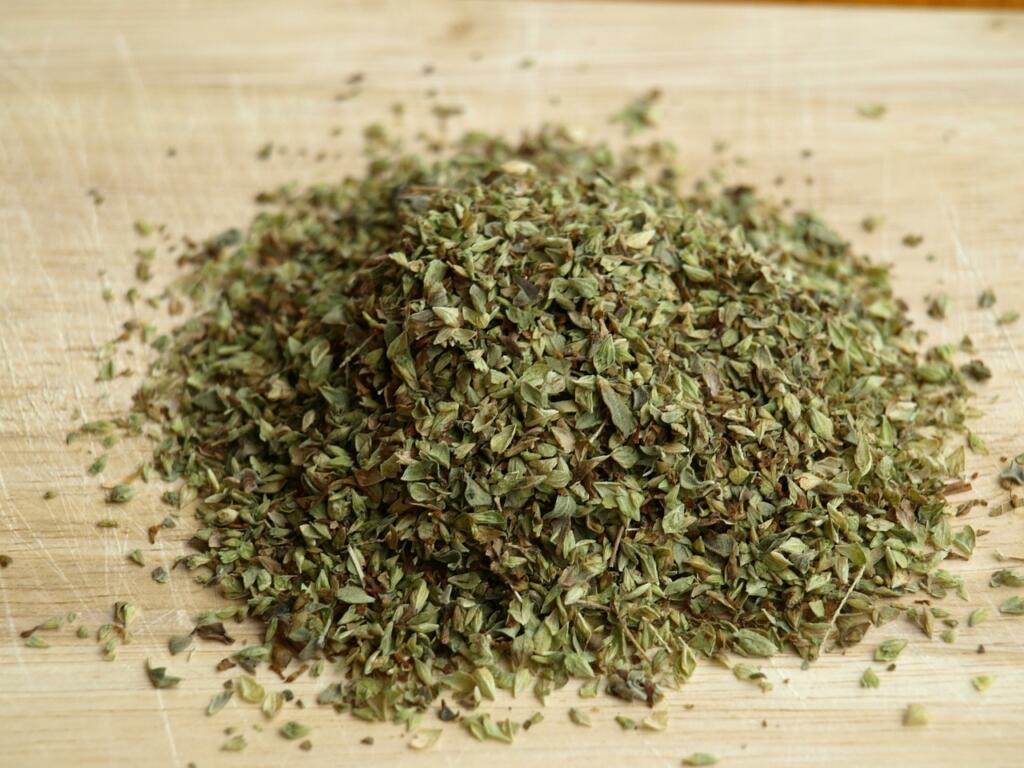
This herb is part of the mint family, native to Eurasia and the Mediterranean region. Its Greek origins mean that it holds a place in ancient history. Its name comes from two Greek words — “oros” (mountain) and “ganos” (joy), and the Greeks associated the herb with a sense of happiness. According to The Spruce Eats, oregano was not widely used in the U.S. until WWII when returned soldiers raved about its usage as a pizza topping. Full of antioxidants, this popular seasoning also helps decrease inflammation and viral infections.
Salt
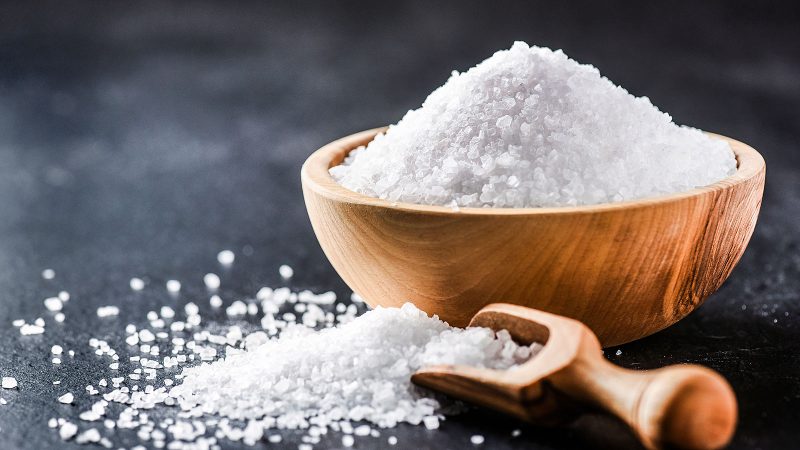
Finally, the most popular seasoning of all — salt. Just about everyone has a container of Morton’s in their kitchen. This mineral composed of sodium chloride (NaCl) has been a fundamental part of human civilization throughout history. The first city in Europe, Solnitsata, was a salt mine, and wars (such as the Salt War of 1482) have been fought over this basic seasoning. In cooking, it’s useful in just about anything to enhance the taste of food and bring out its natural flavor. So next time you boil water to cook pasta, don’t forget to add salt!

